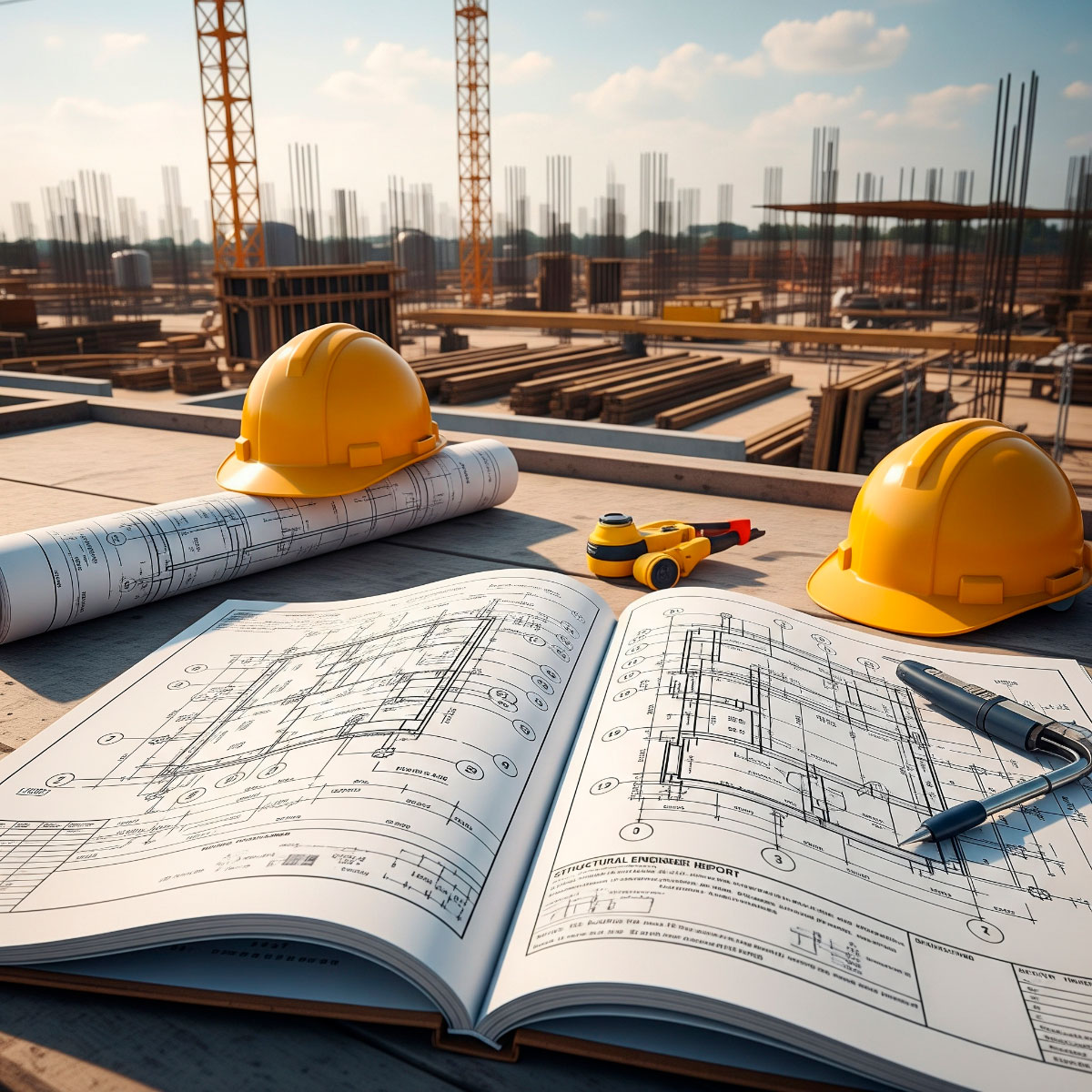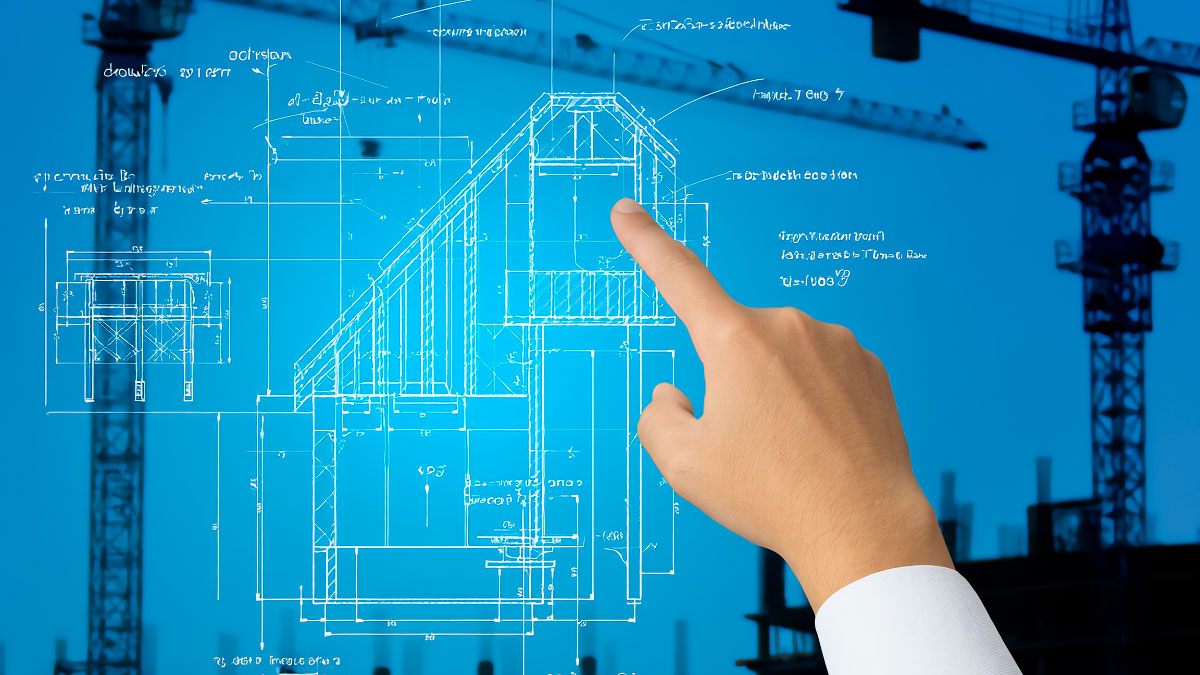Structural soundness and proactive risk management are, amongst others, two of the fundamental pillars in the practice of architecture and construction. Consequently, the structural engineer’s report, which provides a comprehensive analysis of the soundness, safety and integrity of a building, is an indispensable technical document.
The main purpose of this document is to assess the state of a structure and, where necessary, to propose solutions, corrections or improvements. Its usefulness is manifested in multiple scenarios, including real estate transactions, when it certifies to buyers and sellers the stability of the property; also, before undertaking significant renovations to a building, the report allows an understanding of its structural state and the need, or not, for reinforcements.
On the other hand, in a further demonstration of its usefulness, insurance companies often require the structural engineer’s report after natural events such as storms or earthquakes, in order to quantify damages and speed up claims. In other cases, it is essential to accredit compliance with local building regulations and safety standards.

It combines on-site visits, visual inspections, computer simulations and material analysis. Factors such as the size of the building, its architectural complexity, the accessibility of structural elements or the state of preservation influence the time and cost of the process. Old or damaged buildings, for example, often require more thorough assessments.
The report culminates with a professional stamp certifying its validity and the responsibility of the structural engineer.
By Raúl Soriano, Senior Modeller in Amusement Logic’s Architectural Dept.






